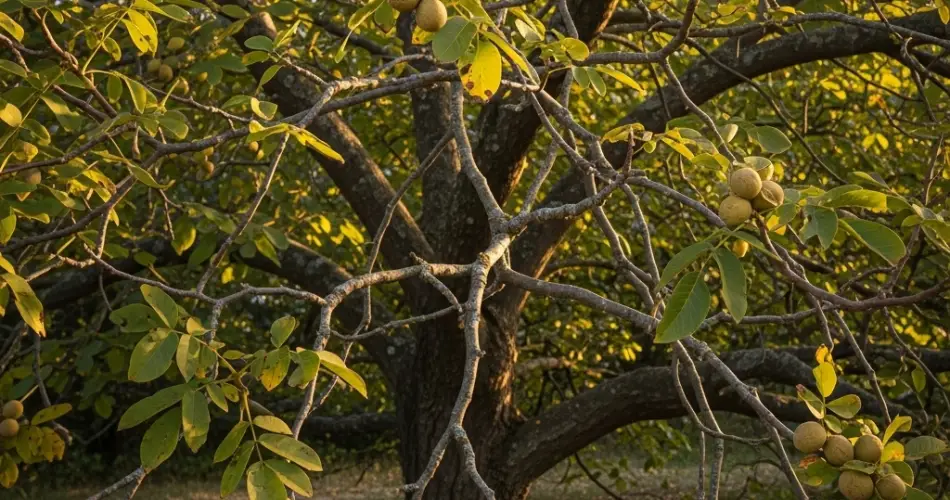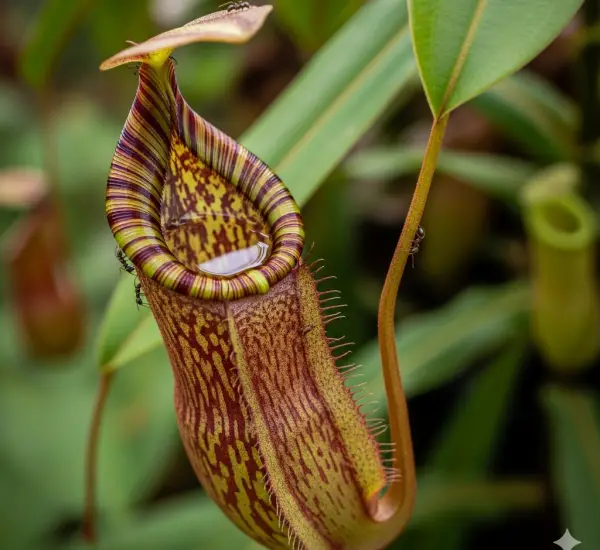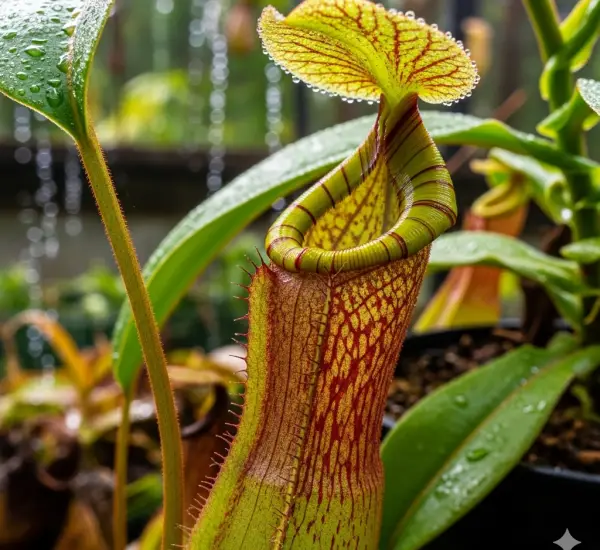Germinating a walnut and growing your own walnut tree from seed is an incredibly satisfying project for gardeners, nature lovers, and anyone looking to try something new and rewarding. Although it takes time and patience, the process is relatively simple—and the results can be impressive. With just a few steps, you can germinate a walnut and raise a young walnut tree, even in a pot.
This article will guide you through the entire process, from selecting a good walnut to planting and caring for your young tree.
Why Grow a Walnut Tree from Seed?
There are several reasons to start a walnut tree from scratch:
-
It’s a fun and educational experience.
-
You can grow a tree with strong, deep roots adapted to your environment.
-
It’s cost-effective—no need to buy a sapling from a nursery.
-
The tree adds beauty, shade, and eventually edible nuts to your home or garden.
Even if you only have a small space or balcony, growing a walnut in a container is possible during the early years of its life.
What You’ll Need
To germinate a walnut and plant it successfully, gather the following materials:
-
Whole walnuts in the shell (ideally fresh and unshelled)
-
Water
-
Paper towels or peat moss
-
A plastic container or zip-lock bag
-
Planting pot (minimum 20 cm or 8 inches deep)
-
Potting soil
-
Refrigerator space (for stratification)
-
Gardening gloves (optional)
Step 1: Choose and Prepare the Walnut
Start with fresh, whole walnuts in their shell—not roasted or salted. For best results, collect walnuts in autumn when they are in season, or purchase organic raw walnuts.
Soak the walnuts in water for 24–48 hours. This helps soften the hard shell and mimics natural rainfall that signals the seed it’s time to sprout.
Step 2: Cold Stratification
Walnut seeds need a cold period to break dormancy—a process known as stratification. In nature, this happens during winter. To mimic this at home:
-
Wrap the soaked walnuts in moist paper towels or place them in damp peat moss.
-
Seal them in a plastic container or zip-lock bag.
-
Store them in the refrigerator for 2 to 3 months.
Maintain a consistent temperature of about 4°C (39°F). Check periodically to ensure the towels or moss stay moist (not soaking), and remove any walnuts that show mold or rot.
During this time, the seed’s natural dormancy breaks, and root development begins.
Step 3: Check for Germination
After 8 to 12 weeks in the fridge, check the walnuts. You should see small white roots emerging from the shell. This is a sign they’re ready to be planted.
If the walnut hasn’t sprouted yet, give it another week or two. Some seeds take longer depending on variety and environmental conditions.
Step 4: Planting the Germinated Walnut
Prepare a pot with good drainage and fill it with rich, well-aerated soil. Walnut trees prefer slightly acidic to neutral soil (pH 6–7) and benefit from compost or organic matter mixed into the soil.
Plant the germinated walnut with the root pointing downward and the top of the seed about 2–3 cm (1 inch) below the surface. Water gently after planting.
Place the pot in a warm, sunny spot. Avoid excessive direct sun or frost during the early stages. A location with filtered light works best for young sprouts.
Step 5: Care and Maintenance
Here’s how to help your walnut seedling thrive:
-
Watering: Keep the soil moist but not soggy. Water when the top layer feels dry.
-
Sunlight: Once established, walnut trees love full sun—at least 6 hours daily.
-
Fertilizing: Use a light organic fertilizer once the seedling develops several sets of leaves.
-
Transplanting: Walnut trees grow large over time, so consider transferring them to a larger pot or planting outdoors when they outgrow their container.
Note: Walnut trees release a substance called juglone, which can inhibit the growth of nearby plants. Be mindful of this if you plan to move the tree to a garden later.
Tips for Success
-
Choose disease-free walnuts for germination.
-
Avoid overwatering, which can cause the seed to rot.
-
Be patient—walnuts grow slowly in the beginning but become hardy with time.
-
Protect seedlings from strong winds and pests.
Final Thoughts
Germinating a walnut and growing a walnut tree at home is easier than it might seem. With just a few materials and some patience, you can raise a tree from seed and enjoy watching it grow year after year. Whether you’re aiming for a long-term orchard or simply love the process of growing something from scratch, this method ensures a high chance of success.
Try it once, and you’ll never look at a walnut the same way again.



